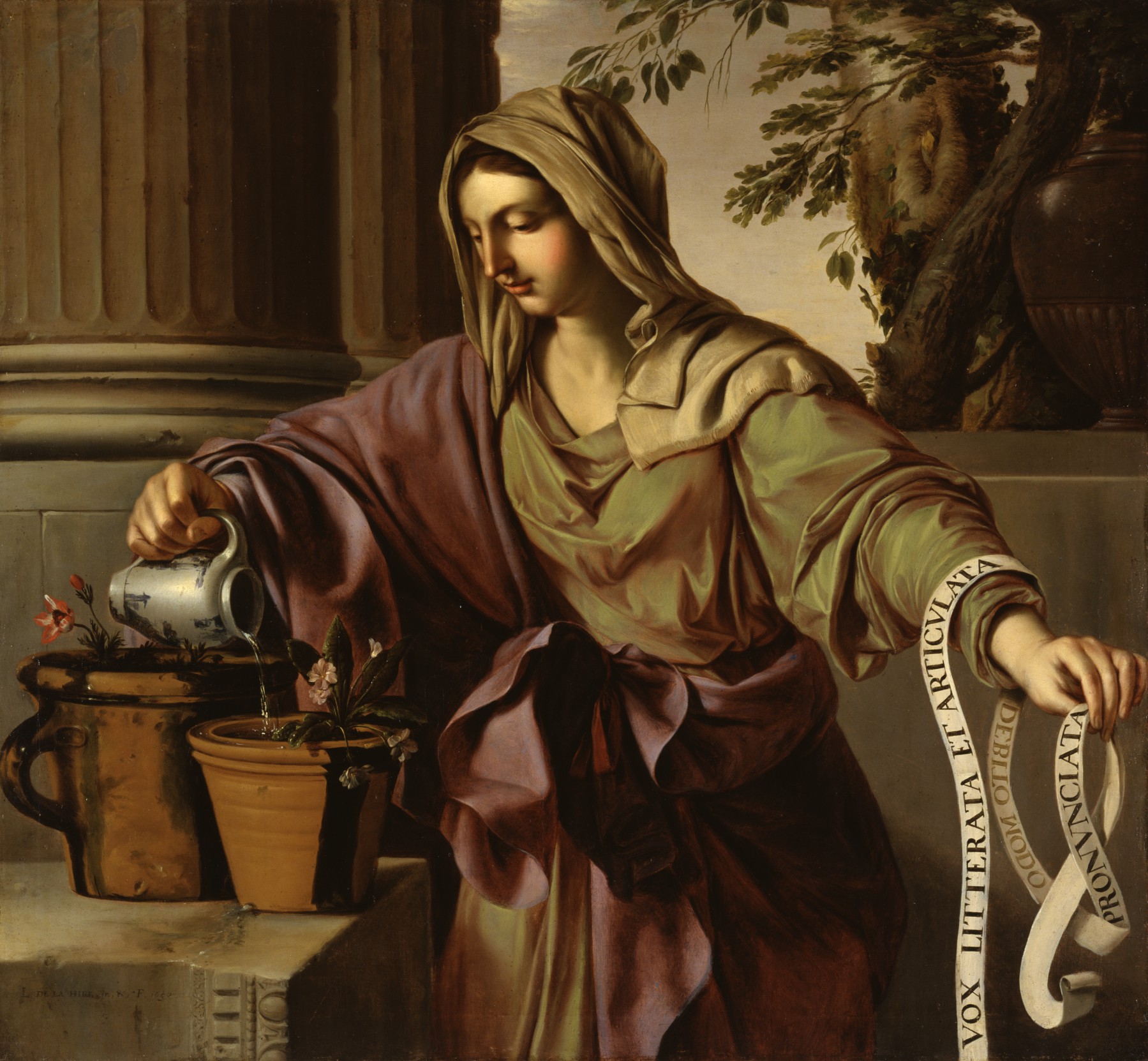Out of Practice
from Even No. 1, published summer 2015
Here is a problem — a paradox, even. At the start of this topsy-turvy century galleries are slammed with more visitors than ever. Newly powerful economic actors have redrawn the map of the art world. Digital means of circulation have transformed both the work artists make and the way we experience it. How can we account, then, for the pervasive sense that contemporary art is not moving forward, is spinning its wheels? At a time of unprecedented attention for visual art, not to mention a perpetual market boom, why the endless nostalgia?
Something has gone wrong, and I’ve come to believe that the hindrance lies not in our art but in our words — that the lack of a viable language to understand contemporary art is inhibiting not only its reception but its production too. We live in an art world divided against itself. In galleries (and social media feeds, increasingly) an idle tastemaking dominates. In journals, though, or on the conference circuit, art discourse takes the form of a pseudopolitics whose assertions verge into the paranormal. Either we ask art to do things it cannot do, making fantastical claims about subverting authority or rewiring society, despite decades of evidence that art has no such power. Or else we fail to notice all the things art actually can do, and reduce it to the selfie backdrop of the day. And this double fallacy is having a knock-on effect on the art coming out of our studios and schools: is it any wonder artists feel stuck, any wonder everything is prefixed with re- or post-, when our tools are so out of date?
Even is a new effort to refashion the dominant discourse, to figure out just what art can do. To do so, I’d wager, one has to step beyond the individual artwork or exhibition as the sole object of inquiry. That’s not to say we discount close analysis; this issue’s thoughtful study of Joan Jonas and extensive interviews with Luc Tuymans and Marwa Arsanios should prove the contrary. But such analysis only makes sense when it accounts for the position of art in a global network that’s flourishing and in flux at once. Our criticism takes that obligation very seriously, turning away from stale, months-delayed reviews of individual shows and opting for longer, manifold examinations of places, tendencies, and ideas.
Three years ago, in the catalogue of a very good Whitney Biennial, Andrea Fraser wrote that “much of what is written about art now seems to me to be almost delusional in the grandiosity of its claims for social impact and critique.” The goal of Even is to start unwinding those delusions, for it is well past time to start talking and writing about art as it really functions, as it really circulates, as it’s really experienced. That seems the only possible way to understand where we are, or where we’re going, even.
—Jason Farago, editor

Even after the embrace of language by Kosuth and Baldessari, Duchamp and Braque, words can still seem a poor cousin of images in the family of contemporary art. Laurent de La Hyre, in one of seven paintings of the personified liberal arts, depicts the rules of writing as a woman watering flowers.
Wound around her left arm is a ribbon: “A learned and articulate voice, spoken in a correct manner.” Art criticism is an endless but necessary effort to find such a manner: to speak of what words can express only in part.